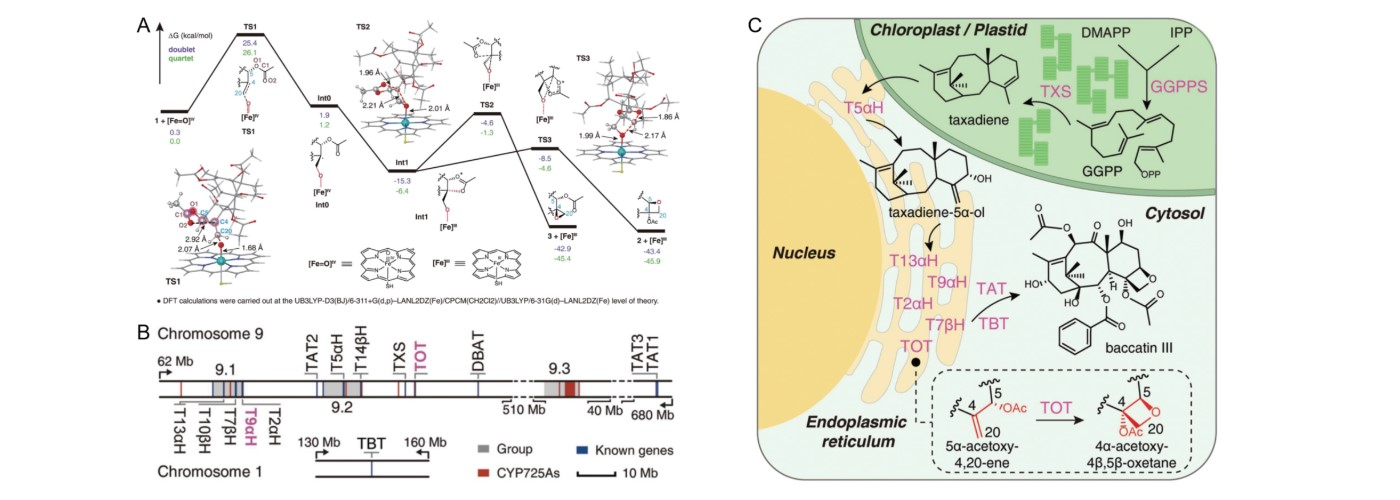Domestic cooperation
AGIS led the establishment of the National Agricultural Science and Technology Innovation Alliance, which consists of nearly 100 organizations, including national research institutes such as the Chinese Academy of Agricultural Sciences, the Chinese Academy of Sciences ,the Chinese Academy of Tropical Agricultural Sciences, the Chinese Academy of Fishery Sciences, universities such as Peking University and the China Agricultural University , more than 10 provincial agricultural science academies, Syngenta Corporation, Dabeinong Agricultural Group and other agricultural leading enterprises, to carry out agricultural genome scientific and technological innovation in collaboration; Conduct research on major issues related to the development of agricultural genome related industries.
AGIS utilizes advanced omics new technology methods and high-performance big data analysis capabilities, cooperates with domestic and foreign institutions, and works with alliance members to overcome genomics bottlenecks. At present, nearly 100 agricultural species have been sequenced in collaboration with the Vegetable Institute, Fruit Tree Institute, Plant Protection Institute of the Chinese Academy of Agricultural Sciences, the Chinese Academy of Sciences, Yunnan Normal University, respectively, with an accumulated data volume of 5PB. Significant achievements have been made in basic research in omics technology, biological genetics, evolution, invasive biology mechanisms, plant and animal breeding. Three achievements were selected as one of the Top Ten Major Advances in Agricultural Science in China in 2019, and one achievement was selected as one of the Top Ten Advances in Life Science in China in 2019.
| Cooperative units | Cooperation direction | Publishing journals | Publication time |
|---|---|---|---|
| Shenzhen Institute of Advanced Technology, Chinese Academy of Sciences ( SIAT ) | Bioremediation of complex organic pollutants by engineered Vibrio natriegens | Nature | 2025 |
| University of Science and Technology of China | Spatial immune scoring system predicts hepatocellular carcinoma recurrence | Nature | 2025 |
| Chinese Academy of Tropical Agricultural Sciences (CATAS) | Leveraging a phased pangenome for haplotype design of hybrid potato | Nature | 2025 |
| Institute of Plant Protection, Chinese Academy of Agricultural Sciences | Squeeze pumping of lipids and insecticides by ABCH transporter | Cell | 2024 |
| College of Chemistry and Molecular Engineering, Peking University (PKU-CHEM) | Characterization and heterologous reconstitution of Taxus biosynthetic enzymes leading to baccatin III | Science | 2024 |
The Institute of Genomics fully cooperates with domestic and foreign institutions with advantages in various fields, and cooperates with the elite forces of all parties to tackle the core and key technologies in the development of agricultural science and technology, and makes joint efforts to solve the problems in the development of agricultural science and technology by utilizing the technology of genomics.
The cooperation projects carried out:


